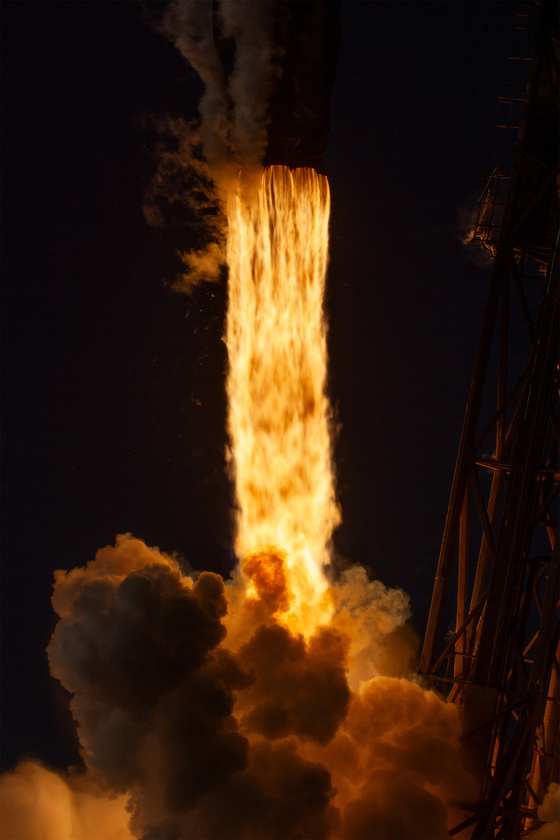American commentator Candace Owens has revealed that the White and U.S. counterterrorism agencies have "confirmed receipt" of her allegations of an assassination plot against her, though no official public statement from either entity has been made. In Monday's episode of her podcast, she revealed that the report has reached President Donald Trump's desk.
"I did not at all hear back from the FBI on the American side," Owens revealed. "I did hear back from the counterterrorism unit. I did hear back from the White House confirming that that message had been delivered on Trump's desk... The FBI left me unread... I did send a text message to somebody very high up who reveived the text message. No response."
The explosive allegations of an assassination plot against her allegedly orchestrated by French President Emmanuel Macron and his wife Brigitte, come amid a lawsuit filed against Owens by the French couple over her Becoming Brigitte series which investigated claims that Brigitte was born a man, a series, Owens says, "terrified" the French elite.
"'A high-ranking employee of the French government' contacted me with proof that "the Macrons have executed upon and paid for' my assassination," Owens claimed. "Involves a French female assassin and an Israeli operative; $1.5M routed through France's Club des Cent and accounts in France/Canada."
On her show Monday, Owens also reponded to widely-mocked claims by PBD Podcast co-host Adam Sosnick that she lacks "famous friends."
Sosnick, a Miami-based 41-year-old single Jewish man, claimed on a recent of PBD podcast that Owens has no famous friends. "What famous names, advocates out there are saying 'I am with Candace.'" he asked.
" This is how they create the Matrix. Insecure men speak like that.." Owens, a happily-married mother of 4, fired back. "...They want people who are insecure to allow terrible things to happen, because they say well, 'you can hang out with me.' All you have to do is not talk about the [Jeffrey] Epstein files, and you might be invited to Mar-a-lago." She mocked Sosnick's appeal to acceptance by the corrupt establishment elites.
Owens says she's till friends with all the people she was close to during her time at the Daily Wire; and that she's not some "basic bitch" who has to post on sociual media when hanging out with friends to show that she's "cool." The conservative firebrand told her viewers that "your real friends do not need to be famous, and that the majority of the famous people and "fucked up and drunk."
"We are not going to save the west in general, from the absolute sexual deviants that run it, the liars and the crooks that run the west, if we have the attitude that we need to be well-liked by famous people who are all drunk..." she declared.
Owens also revealed that Eric Bolling apologized via email, after claiming on PBD podcast, that she had a "quiet breakup" with her friend Charlie kirk before his assassination.
Bolling—a former Fox News and Newsmax host, who falsely claimed to be a TPUSA advisory board member—appeared on the PBD Podcast on September 17 this year, and claimed that Kirk and Owens had a "quiet breakup" years earlier because Owens' views became "too down the rabbit hole" and "too extreme" for TPUSA's taste.
The former Fox News host added that there was no ongoing "communication pipeline" between them and that Owens had no relationship with Kirk's widow, Erika Kirk. This narrative contrasted sharply with Owens' viral and emotional video tributes to Kirk.
TPUSA spokesperson Andrew Kolvet had since pushed back, saying Owens and Kirk "remained friends," while Owens' team called Bolling's comments "flat-out lying," citing her recent appearances at TPUSA events (e.g., summer 2024) and a joint college tour that year.
On her podcast Monday, Owens shared an email which shows Bolling apologizing for his PBD Podcast remarks.
In the email, Bolling writes: "Candace, I want to sincerely apologize for what I said on the PBD podcast. I was backed into a corner and felt pressured to speak on something I shouldn't have. I have always respected you and your work, and I regret implying anything negative about your friendship with Charlie. Please know that came from a place of defense, not truth. I hope we can move past this."
Owens framed the email as proof that Bolling's attack was coerced, aiming to discredit her probe into Kirk's death. "This is Eric admitting he was forced to lie about Charlie and me. They can't rewrite history—Charlie and I were friends until the end, and this email proves their desperation."
















